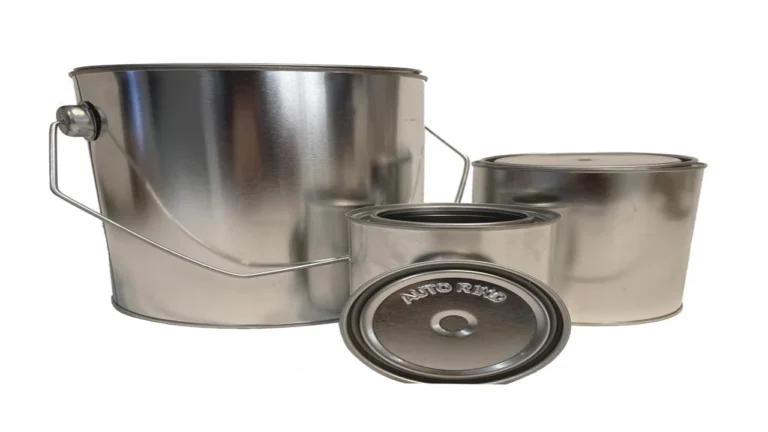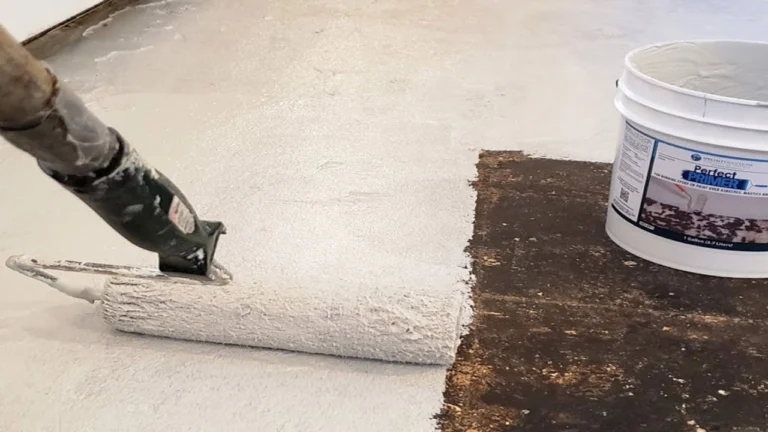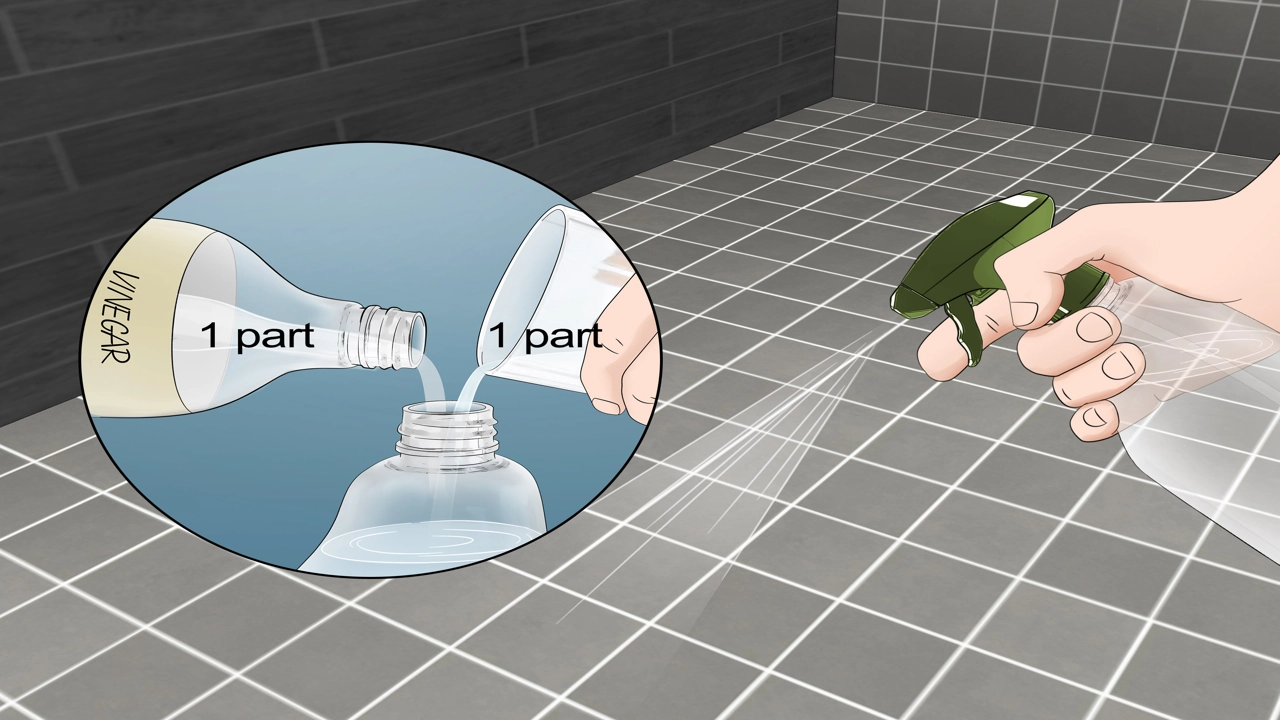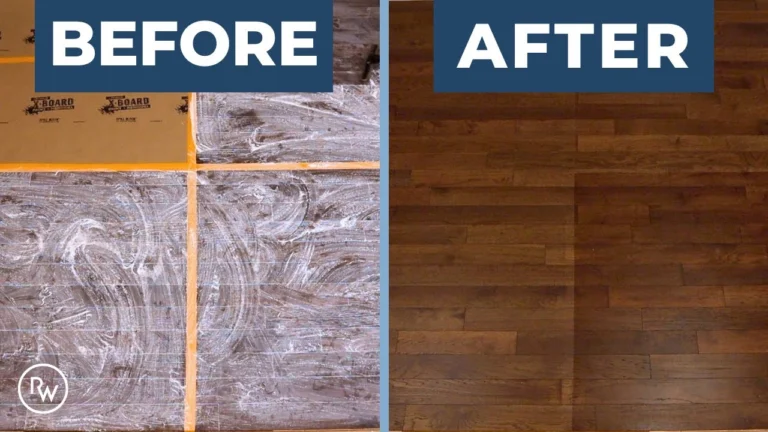Acclimate your wood how long before cutting
How long to let wood acclimate before cutting is a crucial question for any woodworking project. Wood expands and contracts with changes in humidity, and cutting before acclimation can lead to warping, twisting, and other problems. The time needed for acclimation depends on the wood species, thickness, and the difference in humidity between your workshop and where the wood came from.
As a general rule, allow at least 24 hours of acclimation for every inch of thickness. For example, a 1-inch thick board should acclimate for 24 hours, while a 2-inch thick board should acclimate for 48 hours. However, for thicker or more sensitive wood, you may want to extend the acclimation time.
how long to acclimate wood before cutting
Woodworking is a craft that requires precision and attention to detail. One crucial step in the process, often overlooked, is acclimation. This involves letting the wood adjust to the environment it will be used in, preventing warping, cracking, and other issues that can arise from sudden changes in humidity and temperature. So, how long should you let wood acclimate before cutting?
Why Acclimate Wood?
Imagine you’ve just brought a freshly cut board from a lumberyard into your workshop. The wood has been sitting in a controlled environment, often with a lower humidity level compared to your home or workshop. When you introduce it to your workshop, the wood will start absorbing or releasing moisture to balance itself with the surrounding atmosphere.
This process, known as acclimation, is vital for several reasons:
- Stability: Acclimation ensures the wood reaches a stable moisture content, minimizing the chances of warping, twisting, or cupping after you cut or work with it.
- Dimensional Accuracy: Changes in moisture content can cause wood to expand or contract, leading to dimensional inaccuracies in your projects. Acclimation minimizes these changes, allowing you to achieve precise cuts.
- Reduced Stress: Rapid fluctuations in moisture content can stress the wood fibers, increasing the risk of cracking and splitting. Acclimation helps alleviate this stress, preserving the wood’s integrity.
- Better Glue Bonds: For projects that involve gluing, properly acclimated wood ensures a stronger bond. Moisture differences between the wood and the glue can compromise the adhesion.
How Long to Let Wood Acclimate Before Cutting?
Now, to answer the burning question: how long to let wood acclimate before cutting? The answer depends on a few factors:
- Wood Type: Some wood species, like cherry or maple, are more prone to movement than others. Hardwoods generally acclimate slower than softwoods.
- Thickness: Thicker pieces of wood take longer to adjust to the environment.
- Humidity and Temperature Differences: The difference in humidity and temperature between the wood’s storage environment and your workshop will influence the acclimation time.
A general rule of thumb is to acclimate wood for at least a week, even up to two weeks for thicker pieces or those with significant moisture content differences. This allows the wood to reach a stable moisture content, reducing the risk of movement after cutting.
Signs of Acclimated Wood
How do you know if your wood is properly acclimated? Look for these signs:
- No Visible Movement: The wood should remain stable and not show any signs of warping, twisting, or cupping.
- Consistent Moisture Content: While measuring moisture content with a meter is ideal, observing a lack of movement indicates a relatively stable moisture level.
- No Cracks or Splits: If the wood was previously stored in a dry environment, it might have developed fine cracks. These cracks should not get bigger after acclimation.
How to Acclimate Wood
There are several ways to acclimate wood:
- Stack and Store: The most common method is to stack the wood horizontally, leaving gaps between each board for air circulation. Place the wood in a room with consistent temperature and humidity, away from direct sunlight and heat sources.
- Use a Humidity Control System: For larger projects, investing in a humidity control system can help maintain a consistent environment for your wood.
- Conditioning Chamber: For professional workshops or projects requiring precise moisture content control, a dedicated conditioning chamber is a valuable tool.
Tips for Acclimation
Here are a few additional tips to make the most of your acclimation process:
- Consider the Season: Acclimation time will vary depending on the season. During humid summers, acclimation may take longer.
- Moisture Content Meters: For precision projects, using a moisture content meter can help monitor the acclimation process.
- Don’t Rush It: Even if you are in a hurry, rushing the acclimation process will only lead to future problems.
- Stack Wood Properly: When stacking, make sure the boards are flat and even, ensuring good air circulation.
Related Search Queries
- How long to let wood acclimate before cutting
- How long to acclimate wood for woodworking
- How to acclimate wood for projects
- Wood acclimation time for different species
- Wood acclimation humidity and temperature
- Best way to acclimate wood
- How long to acclimate wood for furniture
- How long should you acclimate wood before using it?
- What happens if you don’t acclimate wood
- Wood acclimation time table
Acclimation is Key
Taking the time to acclimate wood before cutting may seem like a small step, but it plays a vital role in achieving high-quality results in your woodworking projects. Remember that acclimation is an essential part of the process, ensuring that your wood is stable, dimensionally accurate, and ready to be worked with. By understanding the factors that influence acclimation time and following the tips outlined above, you can ensure your projects are free from warping, cracking, and other issues that can arise from improperly acclimated wood.
is your wood acclimating long enough you might be surprised
Woodworking is a craft that demands precision and patience. One crucial step often overlooked is acclimating wood before cutting. This process allows the wood to adjust to its new environment, minimizing warping, cracking, and other issues that can arise from sudden changes in humidity and temperature.
Why Acclimate Wood?
Wood is a natural material that absorbs and releases moisture based on its surroundings. When you bring wood into a new environment, it will try to reach equilibrium with the humidity and temperature of that space. This process can lead to expansion or contraction, causing problems during cutting and potentially ruining your project.
How Long to Acclimate Wood Before Cutting
The time required to acclimate wood depends on several factors, including:
- Wood Species: Some woods are more prone to movement than others. Hardwoods generally acclimate faster than softwoods.
- Thickness: Thicker pieces of wood take longer to adjust.
- Humidity Difference: The greater the difference in humidity between the storage environment and your workshop, the longer the acclimation period.
- Temperature Difference: Similar to humidity, a significant temperature difference requires more time for the wood to adapt.
General Guidelines for How Long to Acclimate Wood Before Cutting
While the exact time varies, a good rule of thumb is to acclimate wood for at least a week before cutting. Here’s a breakdown of recommended acclimation times for various wood types:
- Hardwoods: 7-14 days
- Softwoods: 10-21 days
- Plywood: 5-7 days
- MDF: 3-5 days
Tips for Acclimating Wood
- Store Wood Flat: Avoid stacking wood directly on the floor, as this can lead to uneven moisture absorption.
- Provide Air Circulation: Ensure proper air flow around the wood to facilitate even moisture distribution.
- Monitor Humidity and Temperature: Use a hygrometer to track humidity levels in your workshop and adjust storage conditions accordingly.
How to Determine if Wood is Acclimated
- Measure Moisture Content: Use a moisture meter to check the moisture content of the wood and compare it to the recommended range for your project.
- Check for Movement: Observe the wood for any signs of warping or twisting. If you notice movement, it’s a sign the wood is still adjusting.
Understanding the Importance of How Long to Acclimate Wood Before Cutting
Acclimating wood is an essential step in woodworking, especially when working with valuable or delicate materials. How long to acclimate wood before cutting is a question that requires careful consideration. By taking the time to acclimate wood properly, you can minimize the risk of warping, cracking, and other problems, ensuring your projects turn out beautifully.
Related Search Queries:
- How long to acclimate wood for woodworking
- How long to acclimate wood for furniture making
- Best way to acclimate wood
- Acclimating wood in a humid climate
- How long to acclimate wood for a project
- How to acclimate wood for a table top
- How to acclimate wood for a shelf
- How long to acclimate wood for a guitar
- How long to acclimate wood for a cutting board
- How to acclimate wood for a door
Acclimating Wood: Your Questions Answered
Q1: Why do I need to acclimate wood before cutting?
A: Acclimating wood is crucial for preventing warping, cracking, and other dimensional changes after you cut it. When wood is exposed to different humidity levels, it expands and contracts. Acclimation allows the wood to adjust to the environment where it will be used, reducing these issues.
Q2: How long does it take to acclimate wood?
A: Acclimation time varies depending on the wood species, thickness, and the difference in humidity between the storage area and the work environment. Generally, it takes a week to two weeks for most species to reach equilibrium. However, it’s best to err on the side of caution and give it a few extra days.
Q3: What is the ideal humidity level for acclimating wood?
A: The ideal humidity level for acclimating wood depends on its intended use. For general woodworking projects, aim for a relative humidity between 40% and 60%. Consult your specific project’s requirements for more precise recommendations.
Q4: How do I acclimate wood?
A: The simplest method is to store the wood in the same room where you’ll be working. Unpack the wood, remove any plastic wrapping, and stack it off the ground with gaps for airflow. Ensure the wood is stored in a consistent temperature and humidity environment.
Q5: Can I speed up the acclimation process?
A: It’s not advisable to try and speed up acclimation significantly. While you can place the wood in a slightly warmer or cooler environment to encourage humidity exchange, rapid temperature changes can stress the wood and lead to warping.
Q6: What happens if I don’t acclimate wood?
A: Failing to acclimate wood can lead to several issues: * Warping and Cupping: The wood may change shape due to uneven moisture absorption. * Cracking and Splitting: Dry wood can crack when it absorbs moisture too quickly. * Dimensional Changes: Acclimation minimizes the risk of wood shrinking or expanding after you cut and assemble it.
Q7: Can I acclimate wood outdoors?
A: It’s generally not recommended to acclimate wood outdoors due to the unpredictable weather. Outdoor acclimation can lead to moisture fluctuations that cause greater stress on the wood.
Q8: Should I acclimate all types of wood?
A: While acclimation is important for most wood species, it’s particularly crucial for hardwoods, exotic woods, and wood with high moisture content. Softwoods like pine and fir tend to be more stable.
Q9: Are there any signs of wood being properly acclimated?
A: While there’s no foolproof way to tell for sure, if the wood feels consistent to the touch and doesn’t feel overly damp or dry, it’s likely acclimated. Avoid using wood that feels significantly different in moisture content from one part to another.
Q10: Is there a way to test for acclimation?
A: You can use a moisture meter to check the moisture content of the wood. If the moisture readings are consistent throughout the board, it’s likely acclimated. However, using a moisture meter is often overkill for most projects, and relying on the feel of the wood is sufficient in most cases.
Conclusion
In conclusion, understanding the importance of acclimating wood before cutting is crucial for achieving precise and durable woodworking projects. By allowing wood to adjust to its new environment, you minimize the risk of warping, twisting, and cracking. Remember, patience is key in woodworking, and a little extra time spent acclimating your wood can go a long way in ensuring a successful outcome.
Now it’s your turn to share your thoughts! Have you ever encountered issues with wood warping or cracking due to improper acclimation? What are your favorite tips for ensuring your wood is ready for cutting? Let’s discuss in the comments below, and don’t forget to share this post with your fellow woodworkers on social media!







